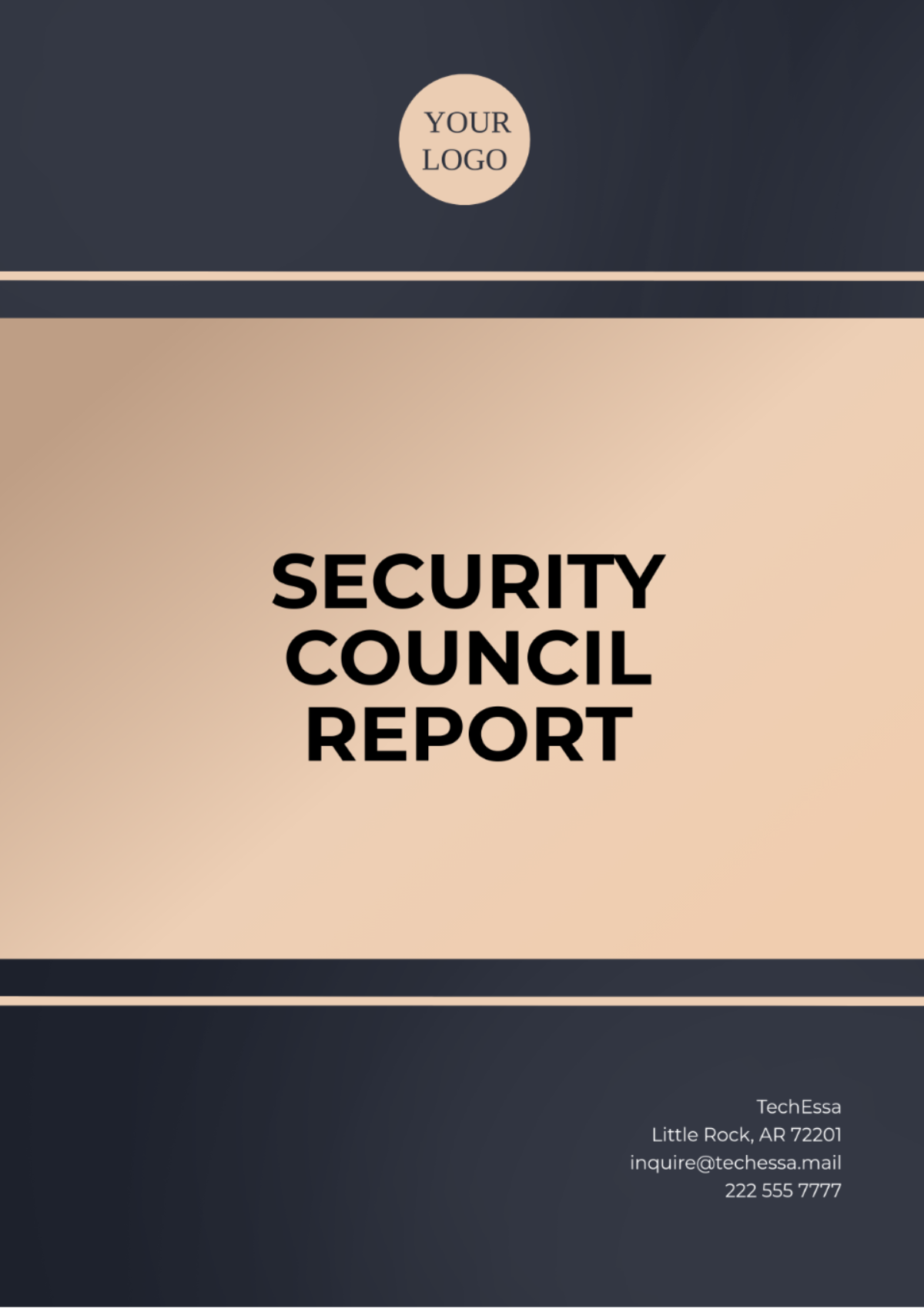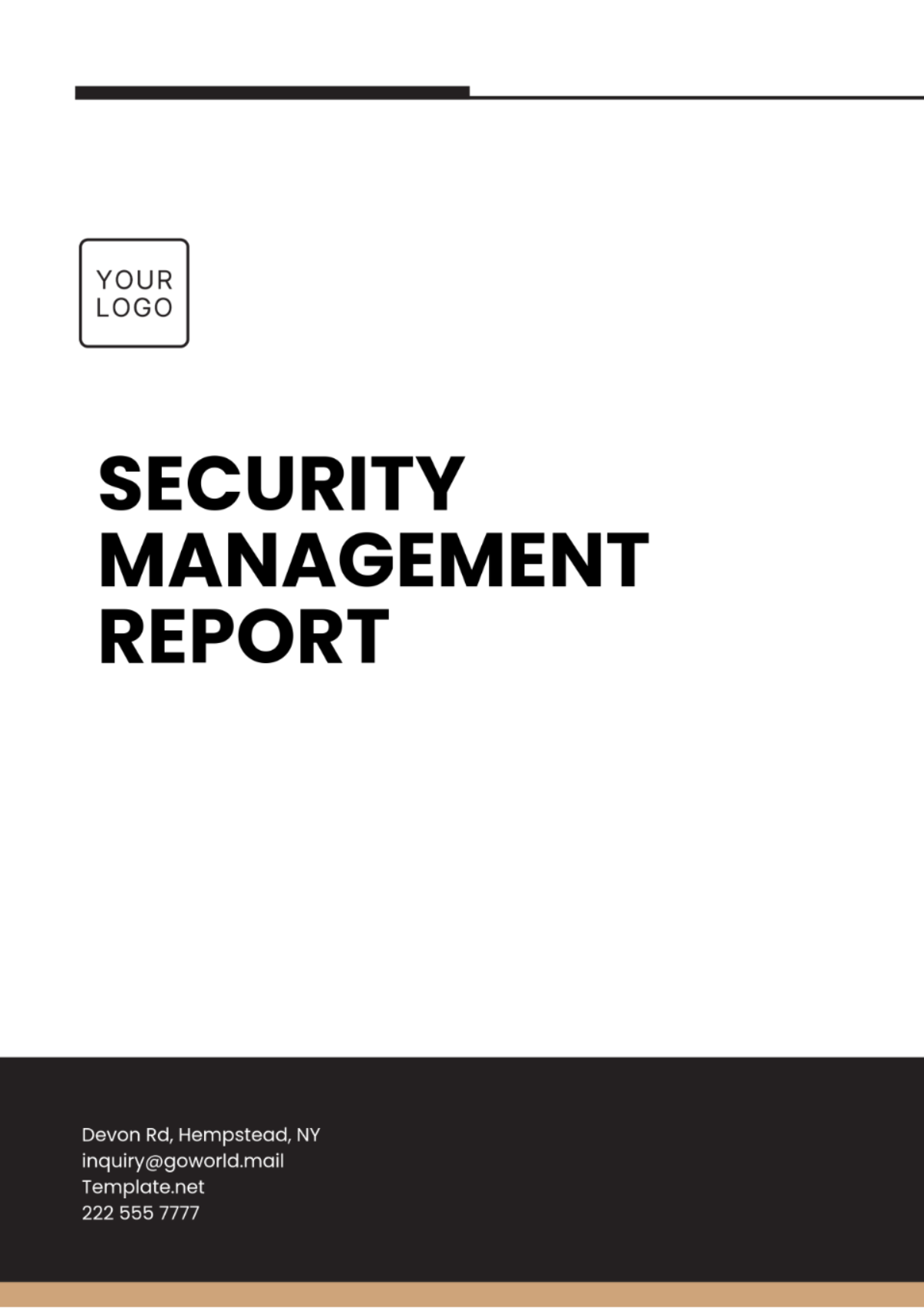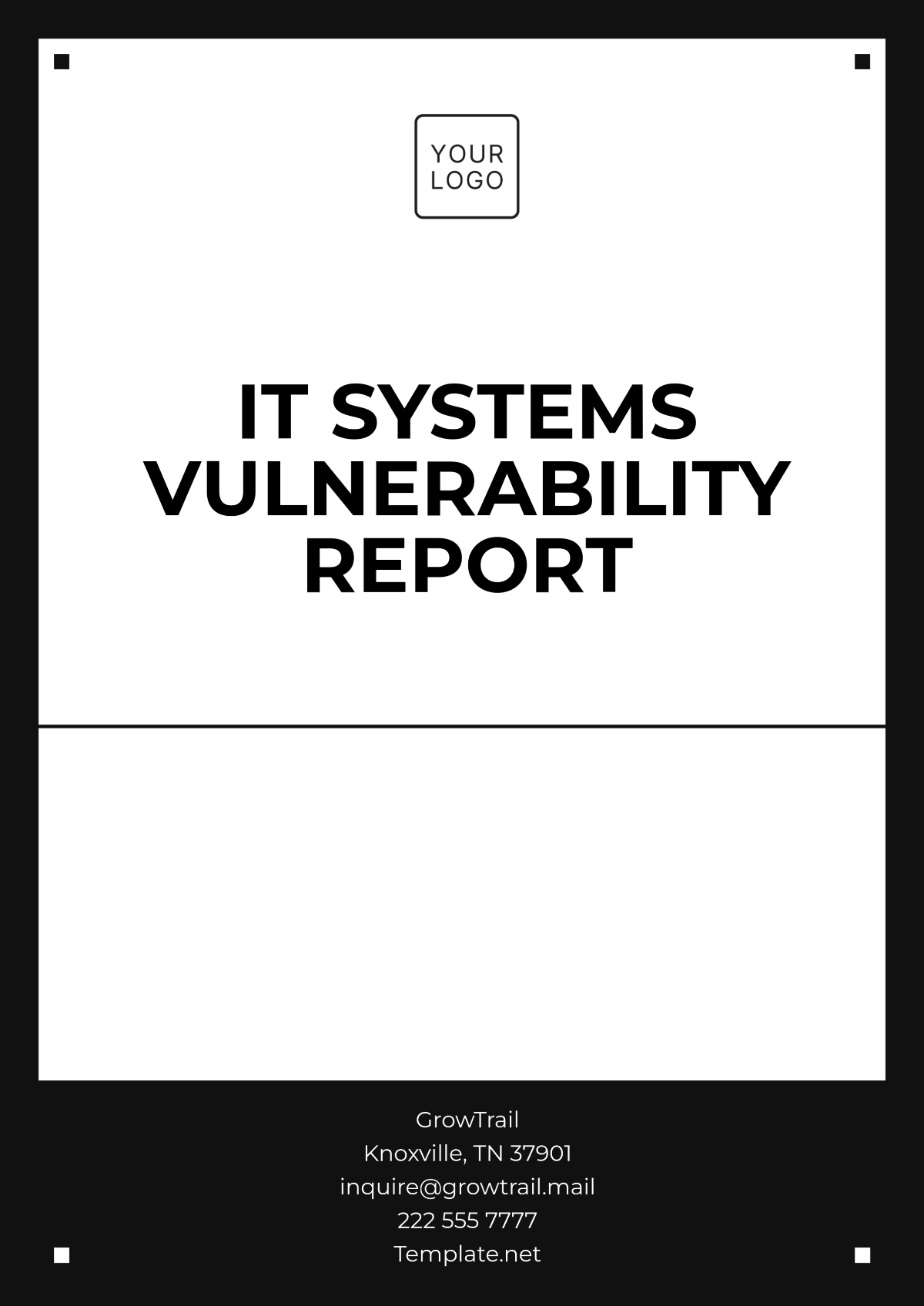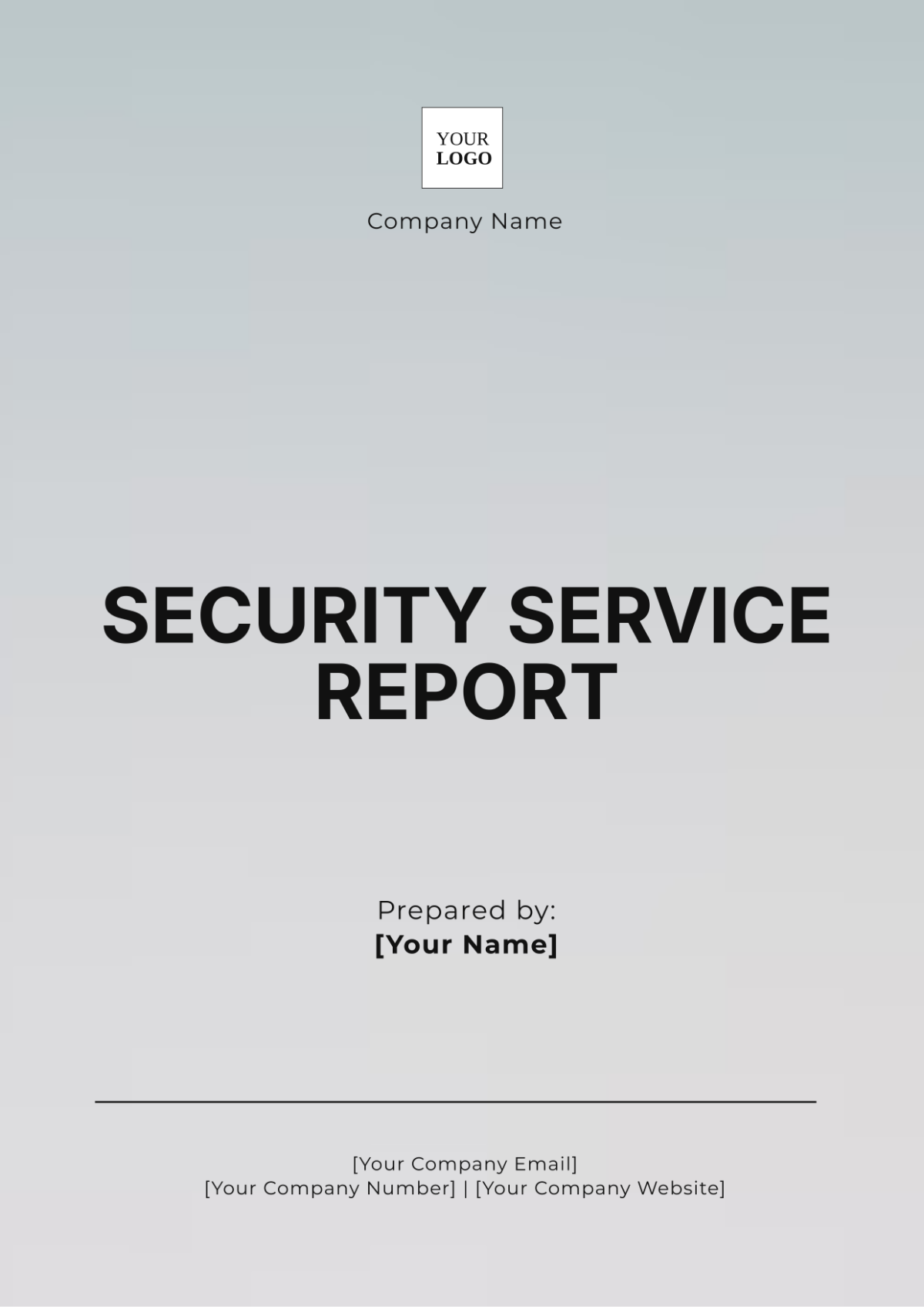IT Security Audit Report Layout
Date of Audit: [Insert Date]
Audit Period: [Insert Audit Period]
Audited by: [Insert Name(s) of Auditor(s)]
Company Name: [Your Company Name]
Audit Team: [Insert Audit Team Members' Names]
Report Prepared by: [Your Name]
1. Executive Summary
Purpose of Audit:
This audit was conducted to assess the effectiveness of the company's IT security systems, identify potential vulnerabilities, and provide recommendations for improving the security posture of the organization.Key Findings:
[Summarize the key findings from the audit, including major security risks, vulnerabilities, or breaches identified.]
[Provide a high-level overview of the audit results, highlighting areas of concern.]
Conclusion:
The IT security audit found [state the overall security posture]. Immediate actions are recommended to mitigate high-risk vulnerabilities.
2. Audit Objectives
The primary objectives of this audit are to:
Evaluate the company's network and system security.
Identify and assess vulnerabilities within the infrastructure.
Review compliance with relevant security standards and best practices.
Assess the effectiveness of incident response procedures and data protection measures.
Provide actionable recommendations for improving security.
3. Scope of Audit
The audit covers the following areas:
Network Security: Assessment of firewall configurations, intrusion detection systems (IDS), and network segmentation.
Access Control: Review of user authentication methods, role-based access control (RBAC), and password policies.
Data Protection: Evaluation of data encryption, backup procedures, and data storage security.
Compliance: Review of adherence to regulatory requirements (e.g., GDPR, HIPAA, PCI-DSS).
Incident Response: Assessment of incident management processes, response times, and breach handling procedures.
Endpoint Security: Review of endpoint security solutions (antivirus, patch management, device controls).
4. Methodology
The audit was conducted using a combination of the following methods:
Interviews: Discussions with key personnel involved in IT security operations.
Documentation Review: Examination of relevant security policies, procedures, and logs.
Vulnerability Scanning: Use of automated tools to identify system vulnerabilities.
Penetration Testing: Simulated attacks to test the effectiveness of security measures.
Risk Assessment: Evaluation of the potential impact and likelihood of identified vulnerabilities.
5. Detailed Findings and Observations
5.1 Network Security
Firewall Configurations:
[Provide details about firewall rules and configurations. Identify any weaknesses or misconfigurations.]Intrusion Detection Systems (IDS):
[Discuss the status of IDS, including coverage and effectiveness.]Recommendations:
[Provide specific suggestions for improving network security.]
5.2 Access Control
User Authentication:
[Review the strength of authentication measures such as multi-factor authentication (MFA) and password policies.]Role-Based Access Control (RBAC):
[Evaluate the implementation of RBAC and its alignment with the principle of least privilege.]Recommendations:
[Provide suggestions for strengthening access control mechanisms.]
5.3 Data Protection
Data Encryption:
[Evaluate the encryption of sensitive data at rest and in transit.]Backup and Recovery:
[Assess backup procedures and the reliability of recovery mechanisms.]Recommendations:
[Provide suggestions for improving data protection strategies.]
5.4 Compliance
Regulatory Compliance:
[Review the company's compliance with relevant laws and regulations.]Security Standards:
[Assess adherence to industry security standards like ISO 27001, NIST, etc.]Recommendations:
[Provide specific actions for ensuring compliance.]
5.5 Incident Response
Incident Management Procedures:
[Review the incident response plan, including response times and reporting procedures.]Breach Handling:
[Evaluate the effectiveness of breach detection and remediation.]Recommendations:
[Provide suggestions for improving incident response capabilities.]
5.6 Endpoint Security
Antivirus Solutions:
[Assess the effectiveness of antivirus and anti-malware tools.]Patch Management:
[Evaluate the organization's patch management process.]Recommendations:
[Provide suggestions for improving endpoint security.]
6. Risk Assessment
High-Risk Vulnerabilities:
[List and describe the highest-priority vulnerabilities identified during the audit.]Medium-Risk Vulnerabilities:
[List and describe medium-priority vulnerabilities.]Low-Risk Vulnerabilities:
[List and describe low-priority vulnerabilities.]
Risk Matrix:
Risk Level | Vulnerabilities | Recommendations |
|---|---|---|
High | [List vulnerabilities] | [List recommendations] |
Medium | [List vulnerabilities] | [List recommendations] |
Low | [List vulnerabilities] | [List recommendations] |
7. Recommendations
Short-Term Actions:
[Provide a list of immediate actions to address high-risk vulnerabilities.]Long-Term Actions:
[Provide a list of long-term strategies for improving overall security.]Monitoring and Continuous Improvement:
[Suggest a framework for continuous monitoring of security controls and periodic audits.]
8. Conclusion
The audit has identified several areas where the organization's IT security can be improved. The highest-priority issues should be addressed promptly to mitigate potential risks, while longer-term measures can be implemented as part of an ongoing security enhancement strategy.
9. Appendices
Appendix A: List of systems and devices audited.
Appendix B: Summary of interviews conducted.
Appendix C: Results of vulnerability scans and penetration tests.
Appendix D: Detailed audit logs and evidence supporting findings.







































